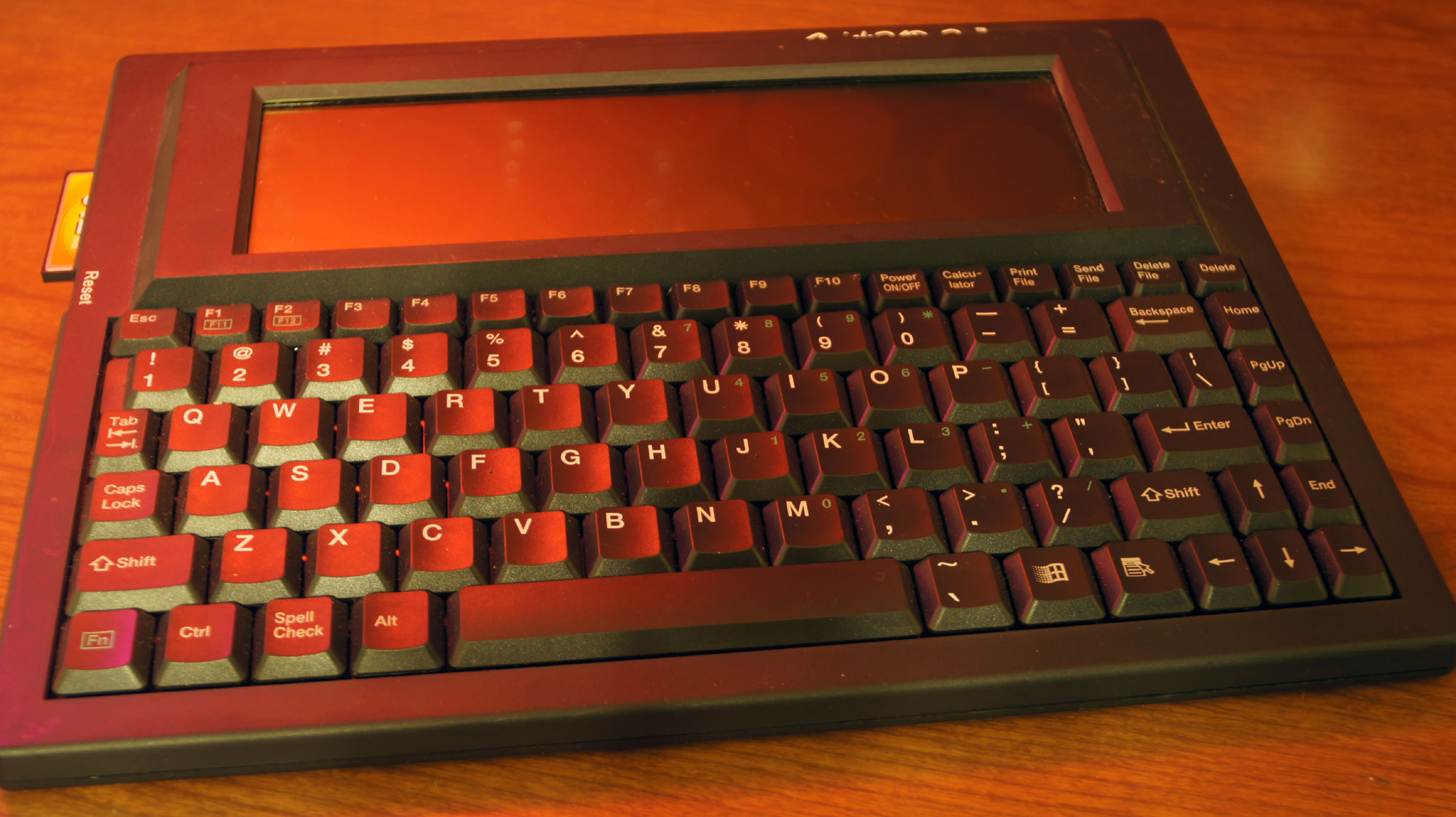

A full 16-bit width with 800MHz in each direction. That does seem to be the case, according to VIA's HyperTransport Analyzer. VIA like to advertise that its solutions carry the full 6.4GB/s available bandwidth between CPU and chipset. The CPU's 'FSB' speeds range from 200MHz to 250MHz, giving a maximum CPU clock of 2500MHz.Ī quick word on the LDT (Lightning Data Transport or HyperTransport as it is now known). The maximum memory clock can be set to either the preferred 200MHz or 166MHz, 133MHz and even 100MHz. You'll see that performance was excellent.
#Quick word pro review manual
An on-die memory controller is a powerful performance tool, but if the user can further lower overall RAM latencies with tight, manual timings, so much the better. The settings were verified by CPU-Z (v1.19b). We managed to run 2 x 256MB of Corsair XMS3500C2 at the latencies shown above. Our initial look at the Athlon 64 and associated chipsets highlighted that manufacturers, initially at least, wanted to focus on stability before performance.

However, the K8VHA Pro does make some form of amends in the DRAM settings section. You can only go so far on default or near-default voltage. Not only does this deter the enthusiast, it also puts a large dampener on overclocking in general. That assertion is correct at the time of writing but may change with subsequent BIOS releases. We skip straight to the DRAM screen for the unfortunate reason that the Biostar K8VHA Pro does not feature any voltage manipulation whatsoever. What they can do, though, is to ensure that their respective BIOSes make the optimum use of DRAM timings and features. AMD's on-die memory controller has, for the most part, taken absolute performance away from the motherboard manufacturers. Chipset implementation and the quality of the BIOS being two. The performance of any motherboard is dictated by a number of factors.


 0 kommentar(er)
0 kommentar(er)
